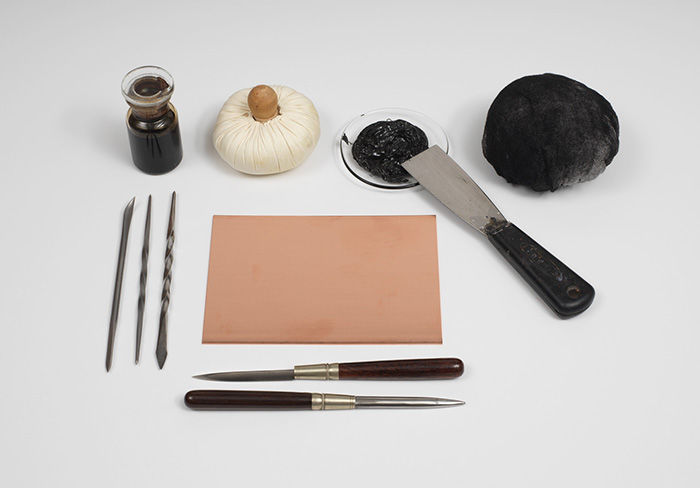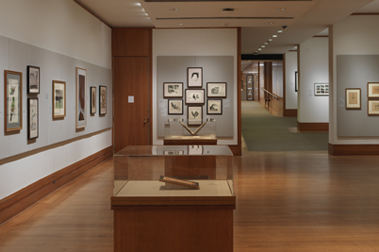Erith Marshes
Sir Francis Seymour Haden British
Not on view
Seymour Haden was the unlikely combination of a surgeon and an etcher. Although he pursued a very successful medical career, he is mostly remembered for his etched work as well as for his writings on etching. He was one of a group of artists, including James McNeill Whistler (1834–1903) and Alphonse Legros (1837–1911), whose passionate interest in the medium led to the so-called etching revival, a period that lasted well into the twentieth century. The extolling of etching for its inherent spontaneous qualities reached its pinnacle during this time. While the line of the etching needle, Haden wrote, was "free, expressive, full of vivacity," that of the burin was "cold, constrained, uninteresting," and "without identity."
View of the Thames; at left, a steep river bank with cottages and sheep seen in the background; to the right, the river dotted with sailing boats.
"Published State: First.-The reeds and nearest ripples in the water removed."
[Source: Harrington, p. 54]
"A scene on the north bank of the tidal waters of the lower Thames, approximately twelve miles east of London, opposite Purfleet. The title etched in the plate more correctly describes the scene.
State II (D1, H1). The foreground reeds and ripples in the water at the right partially removed. During the burnishing several scratches were made in the foreground."
[Source: Schneiderman, p. 229]

